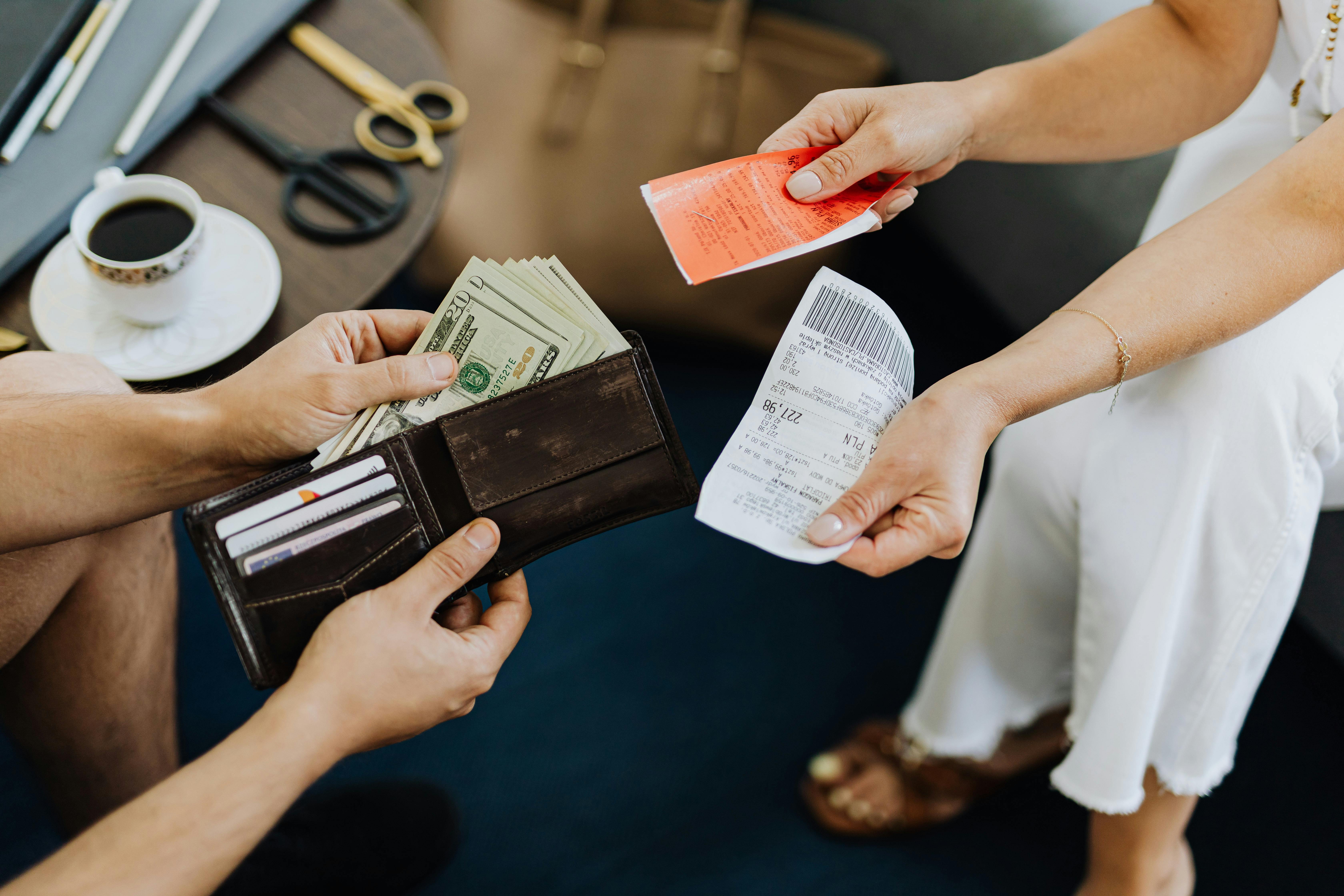Connecting Islands Through Telehealth: How Hawaii’s FQHCs Are Breaking Barriers with Virtual Care

Introduction: Bridging Hawaii’s Health Gap with Technology
Hawaii’s stunning geography, while idyllic, presents a unique challenge for healthcare delivery. With its population spread across six main islands—some remote and sparsely populated—residents often face major obstacles in accessing timely, quality care. On smaller islands like Molokaʻi or Lānaʻi, the scarcity of healthcare specialists can mean patients must travel by air or sea to Oʻahu or the Big Island for routine check-ups, diagnostics, or specialty consultations. For low-income, rural, or Native Hawaiian residents, these barriers can become insurmountable, contributing to worse health outcomes and disparities.
To combat these geographic and systemic gaps, Hawaii’s Federally Qualified Health Centers (FQHCs) have embraced telehealth as a strategic solution. In a significant boost, 14 health centers across six islands were recently awarded grants to expand their virtual care capabilities—ranging from mobile health tools to video consult platforms—powered by Hawaii’s broadband network.
This investment is more than a convenience; it’s a lifeline. From dermatology to psychiatry, telehealth has opened access to specialists who were previously out of reach. COVID-19 accelerated this trend, and supportive reimbursement policies from Hawaii’s largest insurers helped turn the shift into a long-term transformation. As a result, Hawaii’s FQHCs are not just keeping up—they’re leading the way in bringing equitable, continuous care to the farthest reaches of the islands.
1: Expanding Access Through AI-Powered Telehealth Platforms
While video consultations may seem straightforward, Hawaii’s FQHCs are going beyond basic Zoom-style visits. The latest wave of telehealth infrastructure incorporates AI-enabled platforms that do more than connect patients to providers—they enhance diagnosis, patient engagement, and care coordination.
For example, AI-based triage tools help frontline staff prioritize patients based on reported symptoms, even before the telehealth session begins. This has been particularly useful for dermatology consults, where AI-assisted image analysis can flag potentially serious skin conditions for rapid escalation. On the neighbor islands where no dermatologist is available full-time, this technology fills a critical gap.
Moreover, AI chatbots have been deployed by several Hawaii FQHCs to guide patients through pre-visit screenings, provide medication reminders, and even conduct basic mental health assessments using natural language processing (NLP). These tools reduce the burden on administrative teams and ensure patients are better prepared for their virtual visits.
With broadband internet reaching even remote communities thanks to state infrastructure investments, these AI-enhanced telehealth tools are functioning efficiently and securely, keeping the focus on continuity of care.
2: Empowering Community Health Workers with Mobile Tools
Another powerful element in Hawaii’s telehealth expansion has been the integration of mobile health tools (mHealth) for community outreach. FQHCs across the islands are equipping Community Health Workers (CHWs) with tablets and diagnostic tools that sync directly with telehealth platforms, allowing real-time updates and specialist collaboration from the field.
For instance, on Molokaʻi, CHWs have used mobile ultrasound tools during prenatal visits and transmitted the results to OB-GYNs based in Honolulu. Similarly, blood glucose monitors, blood pressure cuffs, and portable ECGs are being used during home visits, with results shared instantly via secure platforms.
This hybrid approach—in-person community outreach combined with virtual specialist oversight—has proven particularly impactful for managing chronic conditions like diabetes and hypertension, which are prevalent among Native Hawaiian and Pacific Islander populations.
One FQHC reported that integrating mobile tools with telehealth led to a 25% improvement in care plan adherence among rural diabetic patients over 12 months.
3: Real-World Examples Across the Islands
Across Hawaii, several FQHCs have already demonstrated the tangible benefits of telehealth:
- Waianae Coast Comprehensive Health Center has implemented a telepsychiatry program that connects patients to mental health providers on Oʻahu from the comfort of their homes. During COVID-19, the center saw a 40% increase in psychiatric visit completion rates, largely due to the convenience of telehealth and stigma reduction from home-based sessions.
- Hamakua-Kohala Health Center on the Big Island leveraged its grant funding to roll out teledermatology. Patients now send high-resolution skin images through a HIPAA-compliant app, allowing dermatologists in Honolulu to respond within 48 hours. Previously, patients had to wait weeks for an in-person appointment—sometimes flying between islands for care.
- Lanai Community Health Center, serving one of the most isolated communities in the state, has partnered with Hawaii Pacific Health to conduct virtual endocrinology consults for patients managing thyroid and diabetes conditions. With no endocrinologist on Lānaʻi, this connection has been critical for patient outcomes.
Each of these examples illustrates how telehealth is being adapted locally, not just replicated. The strategy is tailored to each island’s infrastructure, workforce, and community needs.
Conclusion: A Model for Island and Rural Healthcare Nationwide
Hawaii’s investment in telehealth is not just about keeping up with digital trends—it’s about addressing real and urgent needs in one of the most geographically isolated healthcare systems in the U.S. By linking patients across islands to providers via secure and AI-enhanced virtual platforms, Hawaii’s FQHCs are proving that distance does not have to be a barrier to care.
From AI-powered triage and virtual diagnostics to mobile outreach teams and hybrid visit models, the state has built a multi-layered telehealth ecosystem that works for its unique landscape. Importantly, partnerships with broadband initiatives and reimbursement support from insurers have laid the foundation for long-term sustainability.
Early results are promising: reduced no-show rates, better chronic care management, and more consistent access to specialty care. But perhaps most significantly, Hawaii’s telehealth model is restoring dignity and accessibility to rural and underserved communities who often feel forgotten by the healthcare system.
As rural health challenges continue to grow across the mainland U.S.—from Appalachia to tribal lands—Hawaii offers a blueprint. One where technology, trust, and tailored strategies come together to deliver care where it’s needed most.
If you’re a policymaker, health center leader, or innovator working in rural or remote healthcare—look to Hawaii for inspiration. Connect with Hawaii’s FQHCs, study their partnerships, and explore how telehealth can be your bridge to underserved communities. The islands may be separated by ocean, but their healthcare system shows what’s possible when you think beyond the clinic walls.
Let’s build a connected future, one community at a time.
No Spam —
Just Good Stuff.
Join our newsletter for actionable advice, insider knowledge, and strategies that drive real results.
No fluff, just value.
%20(1).png)

.png)


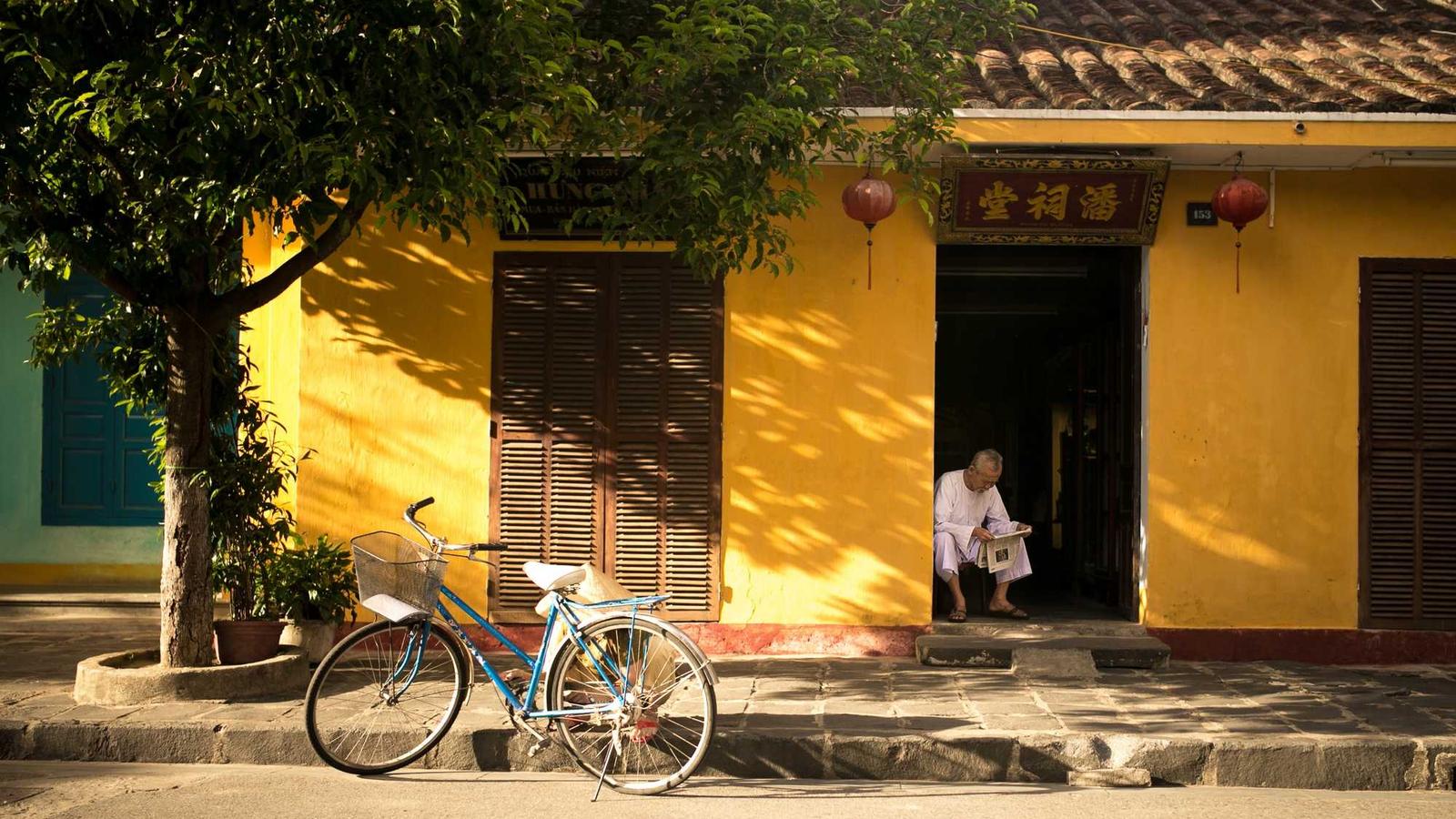










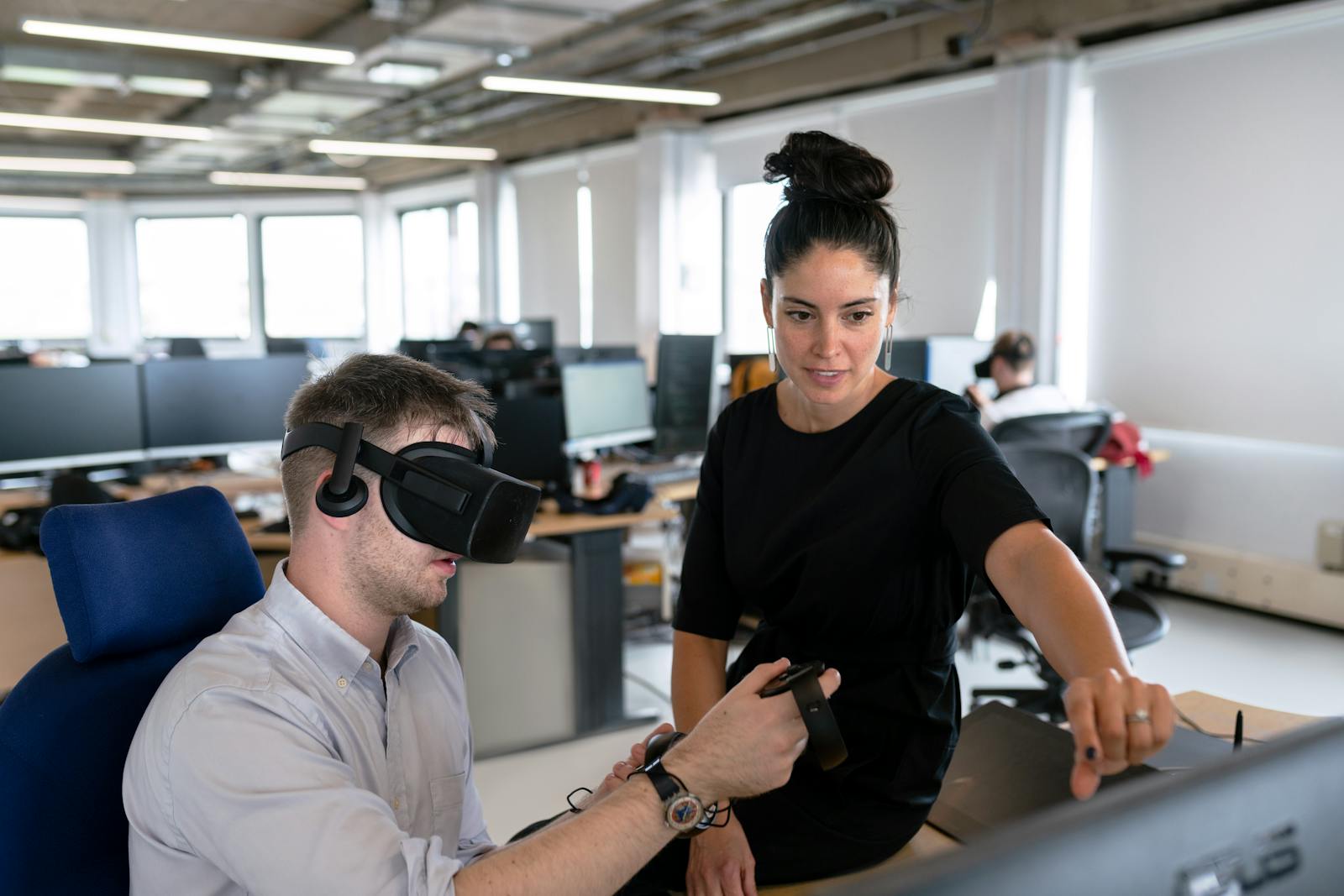

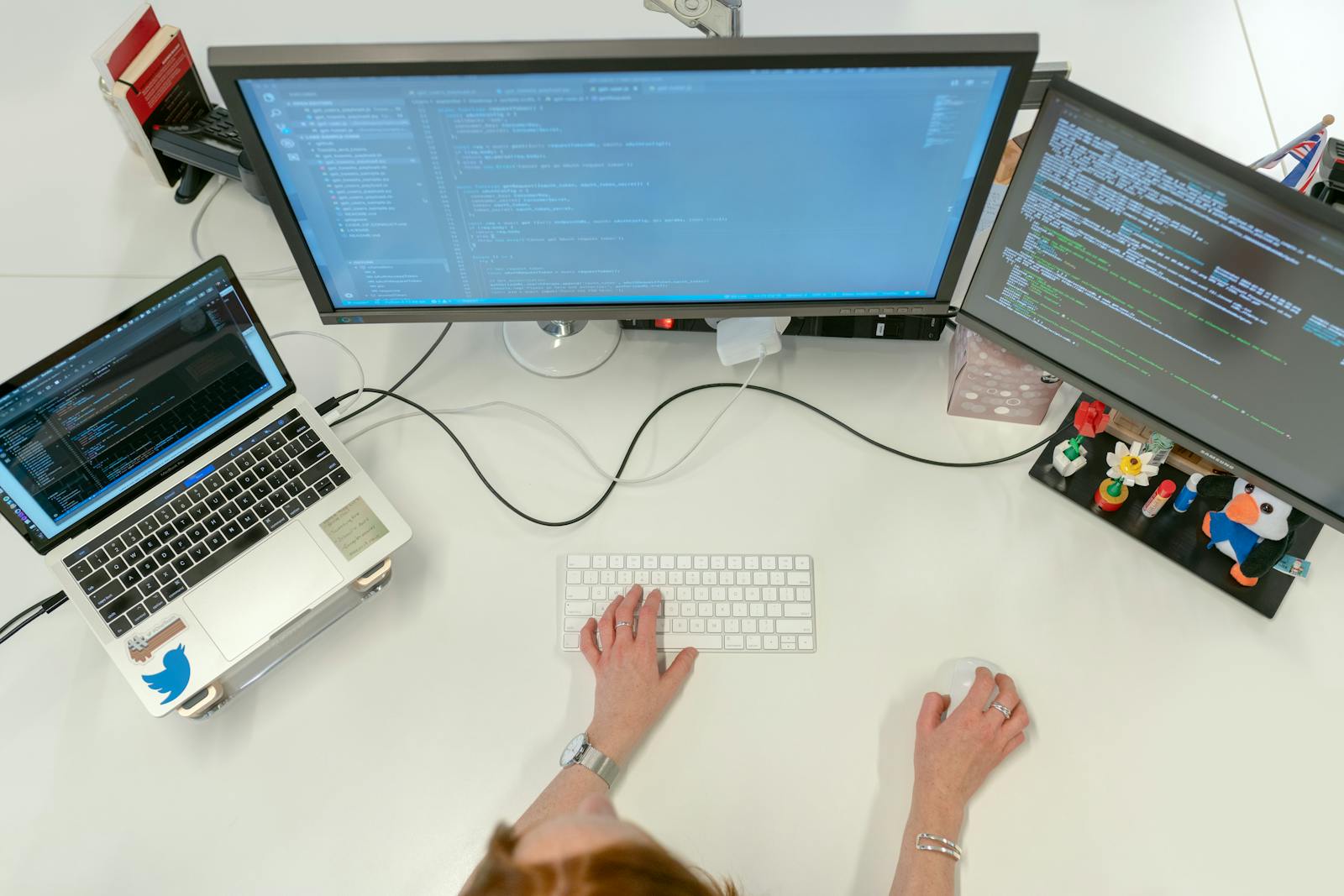































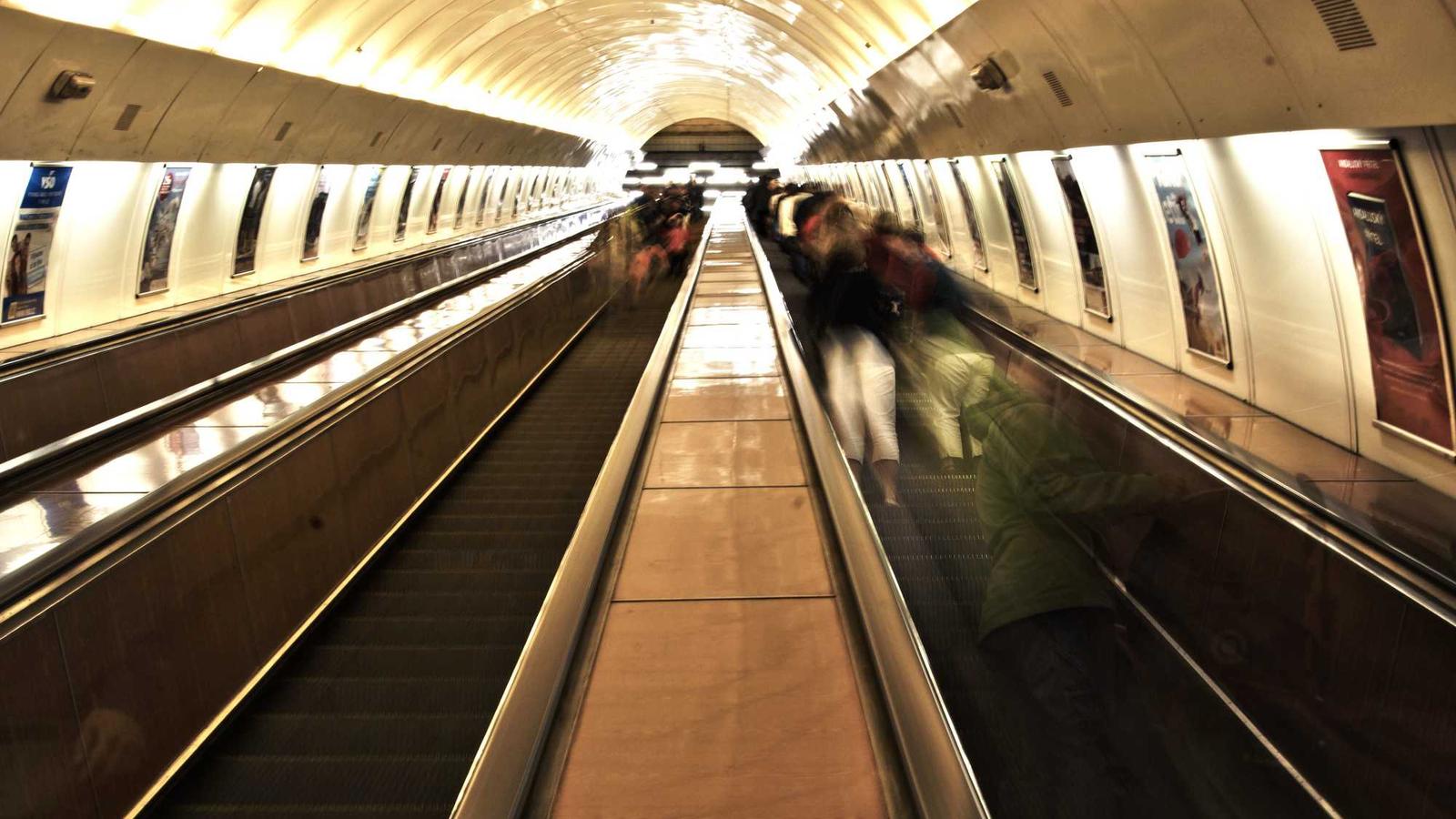








.png)
.png)
.png)



.png)
.png)
.png)
.png)
.png)
.png)
.png)
.png)
.png)
.png)
.png)
.png)
.png)
.png)
.png)
.png)






